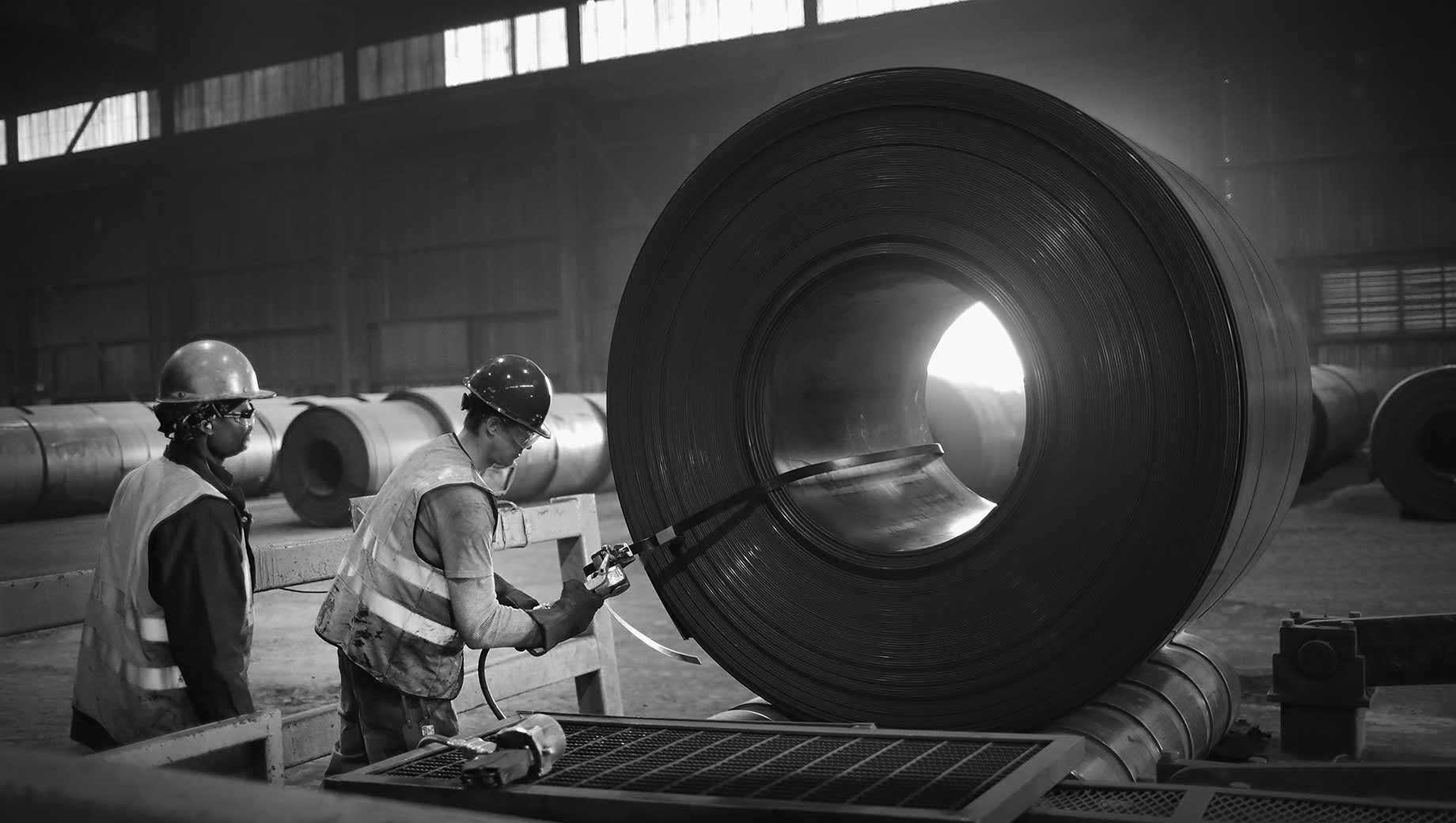Story Highlights
- 34% of U.S. workers are engaged, tying highest in Gallup's history
- "Actively disengaged" percentage is down to 13%, a new low
- Engagement is highly related to positive business outcomes
WASHINGTON, D.C. -- The percentage of "engaged" workers in the U.S. -- those who are involved in, enthusiastic about and committed to their work and workplace -- is now 34%, tying its highest level since Gallup began reporting the national figure in 2000. In March 2016, Gallup also reported that 34% of U.S. employees were engaged, along with 16.5% who were "actively disengaged" -- a ratio of two engaged workers for every actively disengaged one.
The percentage who are "actively disengaged" -- workers who have miserable work experiences -- is now at its lowest level (13%), making the current ratio of engaged to actively disengaged employees 2.6-to-1 -- the highest ever in Gallup tracking. These findings are based on a random sample of 30,628 full- and part-time U.S. employees working for an employer from January to June 2018.
The remaining 53% of workers are in the "not engaged" category. They may be generally satisfied but are not cognitively and emotionally connected to their work and workplace; they will usually show up to work and do the minimum required but will quickly leave their company for a slightly better offer.

Over nearly two decades, the annual percentage of engaged U.S. workers has ranged from a low of 26% in 2000 and 2005 to the recent six-month high of 34% in 2018. On average, 30% of employees have been engaged at work during the past 18 years.
The percentage of actively disengaged workers has ranged from a high of 20% in 2007 and 2008, immediately before and during the heart of the recent U.S. recession, to the current low of 13%. On average, 17% of U.S. workers have been actively disengaged over the 18 years of tracking.
Gallup measures engagement through actionable workplace elements with proven linkages to performance outcomes -- opportunities for workers to do what they do best, opportunities to develop their job skills, and having their opinions count, for example.
While the percentage of engaged U.S. workers is still quite low, the 6-percentage-point improvement in the trend over the past decade represents approximately 8 million more workers who are engaged.
Why a High-Engagement Culture Matters
Organizations and teams with higher employee engagement and lower active disengagement perform at higher levels. For example, organizations that are the best in engaging their employees achieve earnings-per-share growth that is more than four times that of their competitors. Compared with business units in the bottom quartile, those in the top quartile of engagement realize substantially better customer engagement, higher productivity, better retention, fewer accidents, and 21% higher profitability. Engaged workers also report better health outcomes.
What Has Led to the Improvement in Engagement?
There are several possible explanations for the improvement in engagement over the past decade:
-
Unemployment and underemployment have been declining in recent years, allowing previously disengaged workers to change jobs. Previous Gallup data suggest that being actively disengaged is more highly associated with economic changes than being engaged is. The improved economy in recent years has given workers more confidence and therefore more choice in where they work -- so they don't have to tolerate poor working conditions. The job security hypothesis is further supported by Gallup's annual workplace trends, which show significantly increasing satisfaction with job security from 2014 to 2018, along with significantly increasing percentages who say now is a good time to find a quality job.
-
Slightly higher turnover rates in recent years could theoretically influence overall engagement percentages, because people new to an organization experience the highest engagement levels, on average -- a "honeymoon effect" of sorts. An increase in job changes may mean more honeymooners. However, labor turnover rates were at a similar level a decade earlier, when fewer employees were engaged, so this factor is unlikely to provide a significant explanation for the improvement in engagement.
-
Gallup's annual workplace trending shows slight increases in workers' satisfaction with tangible workplace benefits such as the amount of vacation time they receive, their company's retirement plan and their pay. Some benefits are associated with engagement, such as flex time, along with performance and pay plans that improve autonomy. But benefits and perks alone won't improve engagement in the long term.
-
Gallup's annual workplace trending also shows increases in recent years in satisfaction with recognition received for work accomplishments; relationships with coworkers; and supervisors. These likely provide the best explanation for improvements in the percentage of engaged employees. Gallup organizational research indicates that at least 70% of the variance in team engagement is explained by the quality of the manager or team leader.
Team leaders influence whether workers are able to use their strengths to do what they do best, give team members recognition for good work, and hold ongoing conversations to coach their employees. Nineteen million individuals have now learned their strengths, which positions them better to do what they do best.
The 21st century workforce expects to have a manager who coaches them based on their strengths -- this growing awareness and action of many workplaces likely explain the gradual shift upward in the percentage of engaged workers.
Bottom Line
Gallup has worked with many organizations that have reached exceptional levels of employee engagement, including those with ratios as high as 14 engaged employees for every actively disengaged employee. Some started with less than 20% engaged employees, which ultimately improved to more than 70%.
The changes didn't happen by accident. These successful organizations built a culture of high development experiences that led to high achievement. The culture shift was CEO- and board-supported and included continuous company-wide communication. Importantly, these companies educated team leaders on a new way of managing -- relying on high development and strengths-based competencies. And they held managers accountable for these competencies.
Survey Methods
Results for this Gallup poll are based on mailed surveys conducted January to June 2018, with a random sample of 30,628 adults working full or part time for an organization, aged 18 and older, living in all 50 U.S. states and the District of Columbia. For results based on the total sample of employed adults, the margin of sampling error is ±0.8 percentage points at the 95% confidence level.
Annual results included in the trend range in sample size from 1,000 to 151,335. All polls from 2011 to the present include a sample size of more than 17,000. For results based on the total sample for years 2000-2010, the margin of sampling error is from ±2.3 to ±4.7 percentage points at the 95% confidence level. For the years 2011-2018, the margin of sampling error is from ±0.4 to ±1.1 percentage points at the 95% confidence level. All reported margins of sampling error include computed design effects for weighting.




